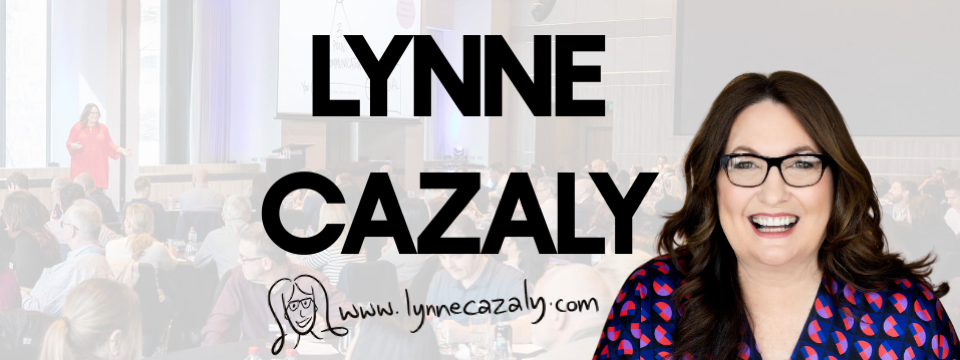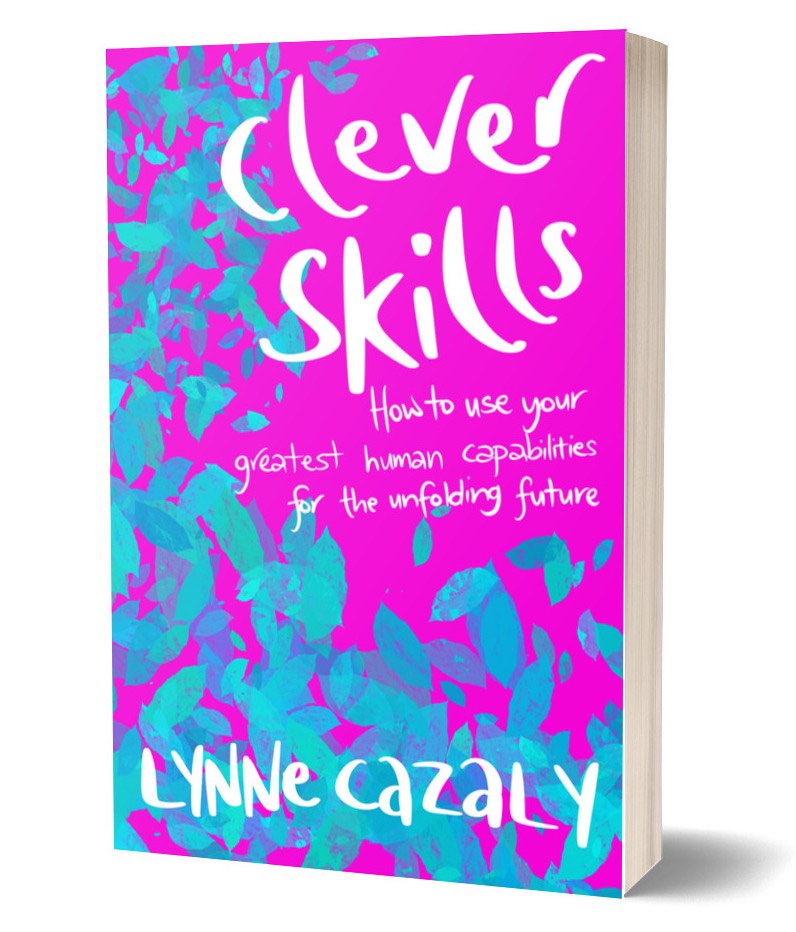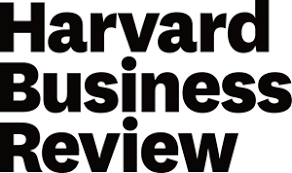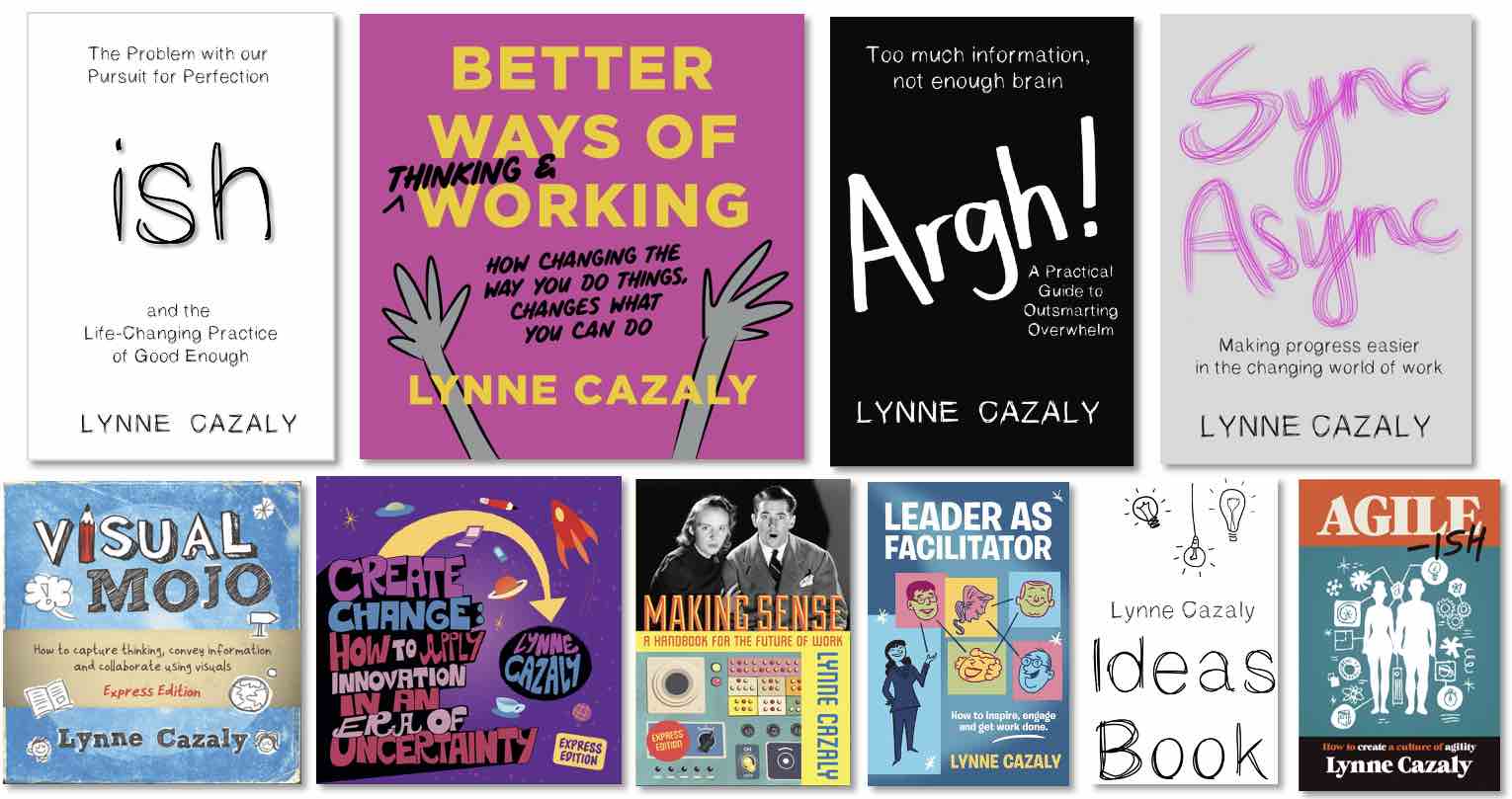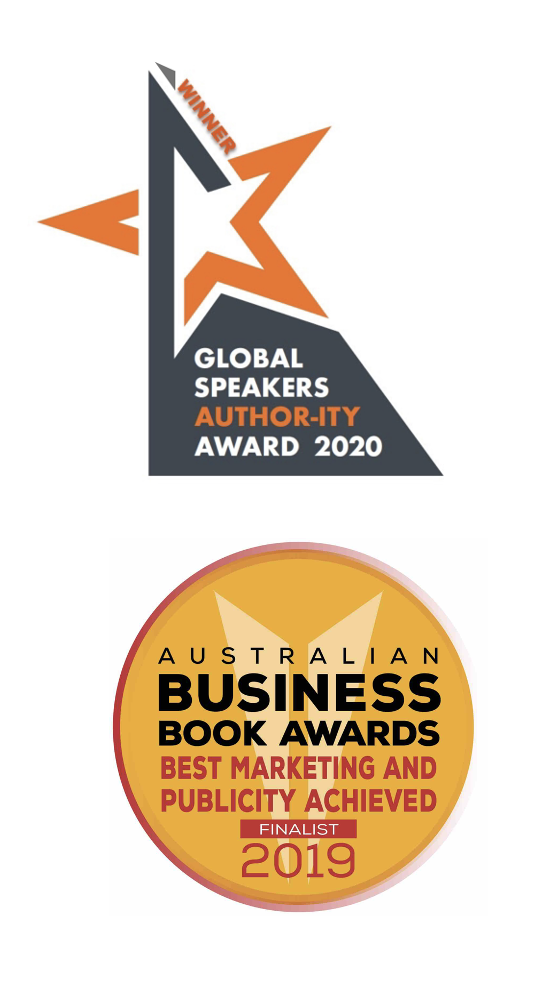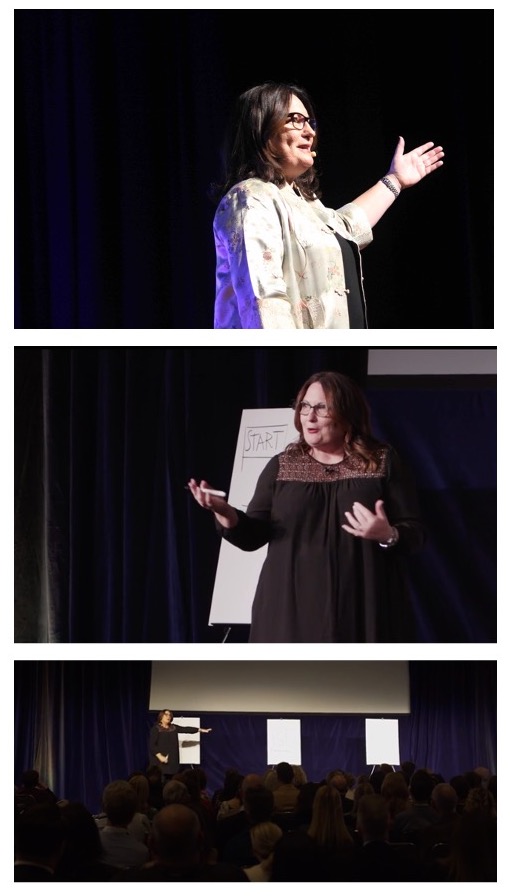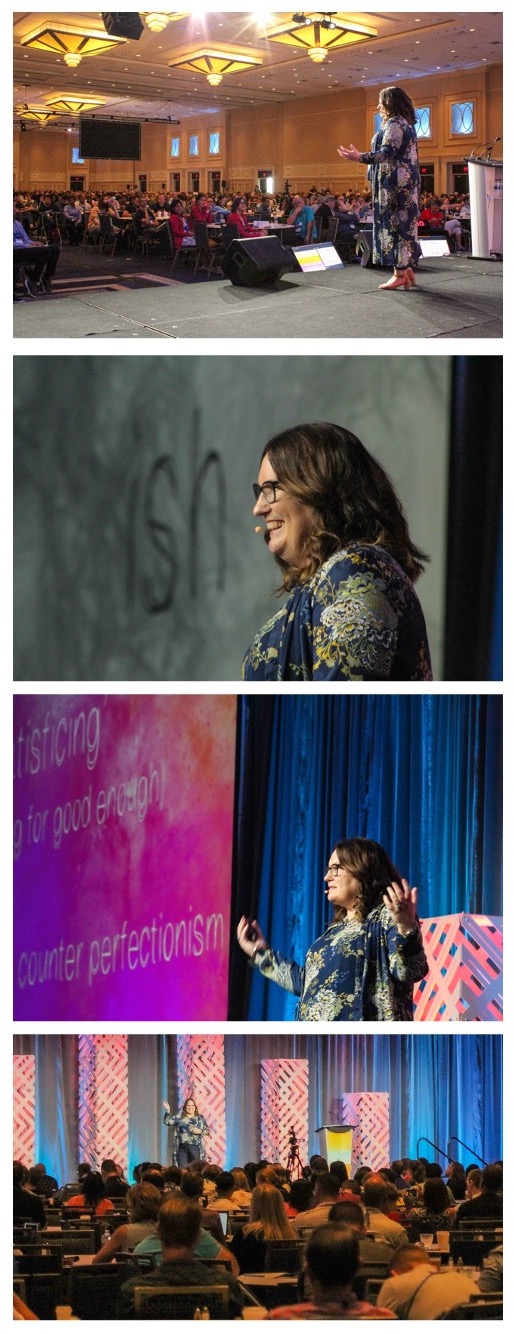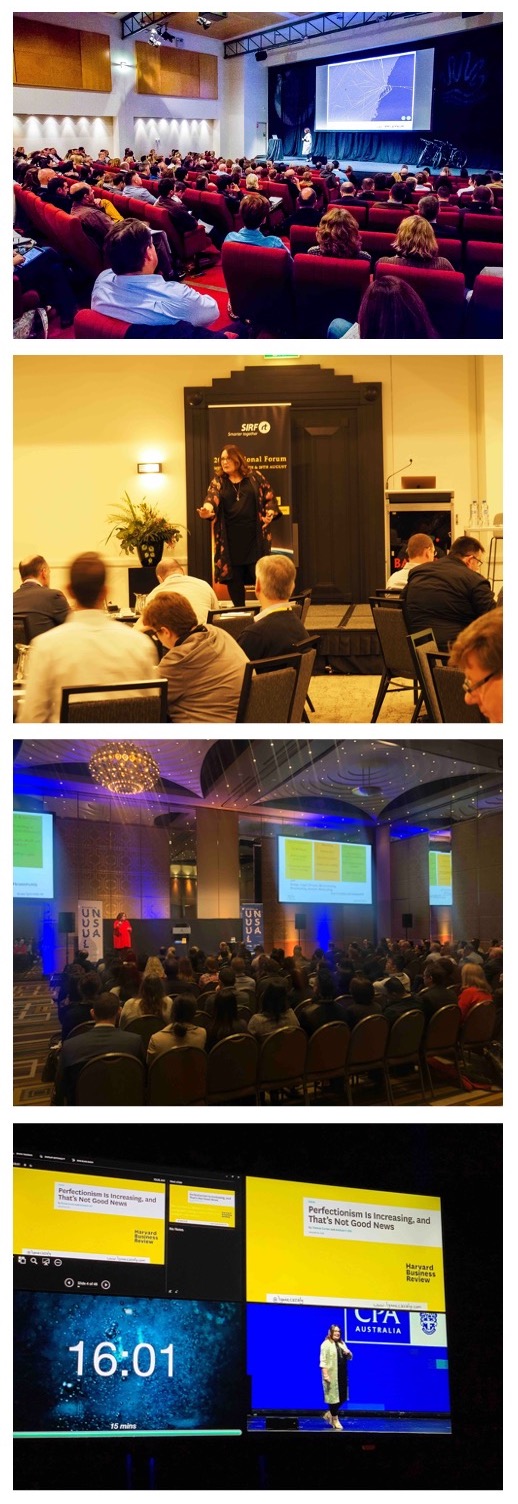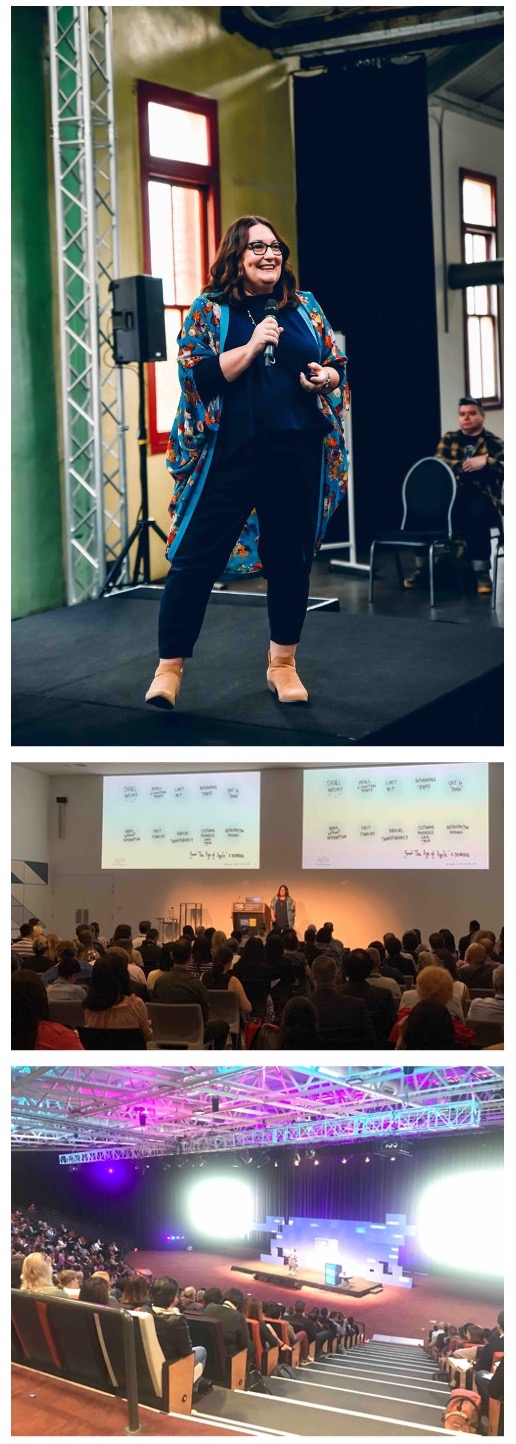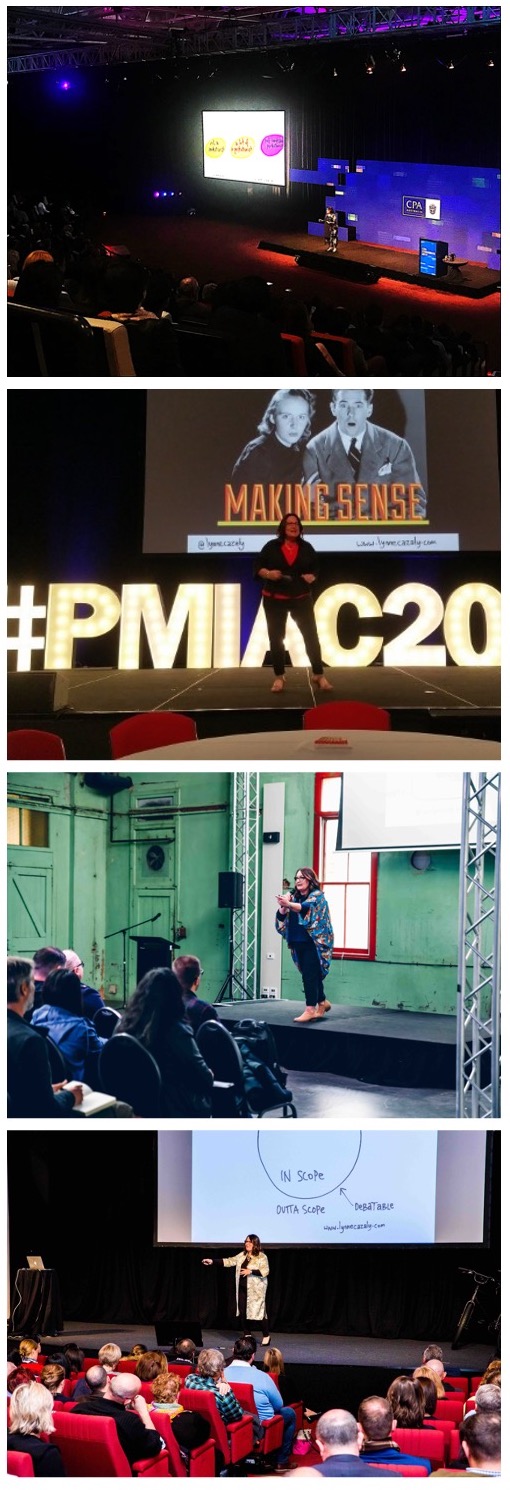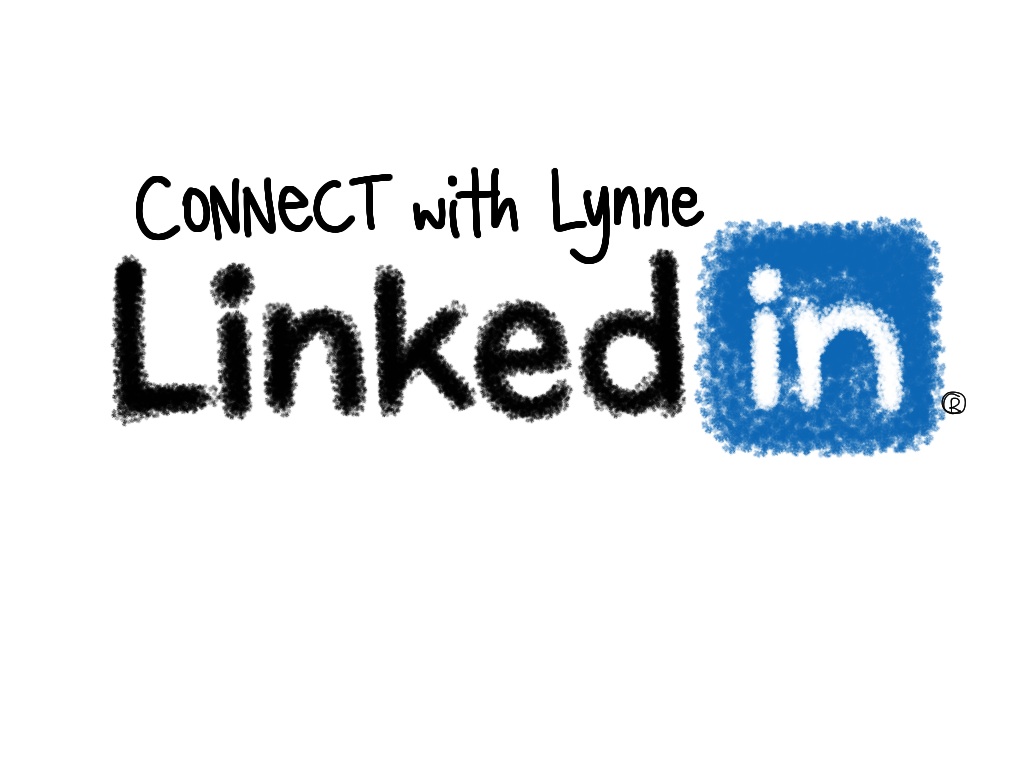Map the steps
 Monday, March 16, 2020 at 11:18AM
Monday, March 16, 2020 at 11:18AM  When you’re doing some new things with a team or project, it’s worth mapping out the steps so people get a sense of what’s going to happen.
When you’re doing some new things with a team or project, it’s worth mapping out the steps so people get a sense of what’s going to happen.
This isn’t a table or list or spreadsheet - although they may hold some useful data about what needs to be done or supporting information that helps with decision making.
Sensemaking when things are unclear, unknown, uncertain or just new for people, requires us to do more than just write a few words, send a few emails or type a few messages.
All those words! Our brains are full already.
Just as a Google map shows us where we are and where we want to get to, we can use a map like that too. Include a few points like:
Here....
The path or steps to ...
There.
Add a few notes about what’s planned as you guide the team from one place... getting to that other place.
If you’ve got more of your team working remotely at the moment, don’t just rely on all the words or talking heads.
Show them a map they can keep referring back to ... later ... when they need to, when the words get lost and the talking heads are offline.
